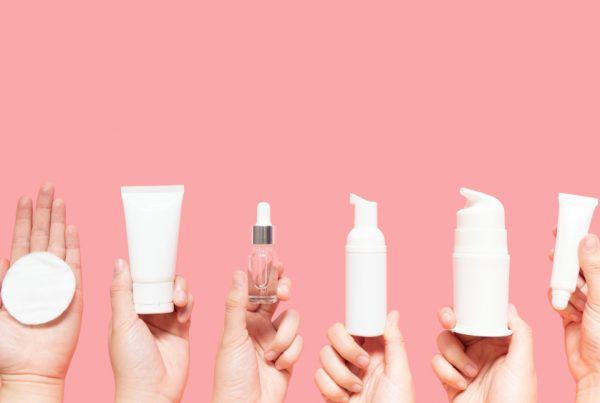A couple of decades ago, patients who walked into a hair-restoration clinic wanted one thing: thicker coverage on top. While scalp transplants remain the most popular, many appointments at leading practices now revolve around reshaping patchy beards, mustaches and even eyebrows.
Beard, Brow, and Mustache Transplants On The Rise
Medical Director of Alvi Armani in South Africa, Dr. Kashmal Kalan, says that while it’s true your hairline frames your face, so too does facial hair.
“A full beard, mustache, and brows accent your features, which is why facial-hair transplants are steadily gaining popularity among increasingly more aesthetic-conscious South Africans.”
“Behind this shift, beyond the personal or social motivations, is the simple fact that modern tools and advanced techniques now allow surgeons to harvest and implant more follicles at a far higher success rate and with almost no visible scarring. Small, high-definition transplants are easier and more effective when done by a skilled professional, and the risk of facial scarring is close to nil.”
To achieve those scar-free results, most advanced clinics favour follicular-unit extraction (FUE) over the older follicular-unit transplantation (FUT) technique. FUE removes individual follicles from the donor area, leaving only pin-prick marks that heal quickly, whereas FUT trades a strip of skin for grafts and leaves a prominent linear scar.
Careful donor selection and a trained hand are key for these transplants
Dr. Kalan says, “A transplant succeeds only when the implanted hair matches the site’s natural caliber and growth pattern. With FUE, we can cherry-pick follicles under magnification, selecting stronger, thicker or finer grafts as needed.”
He notes that eyebrows require fine ‘filler’ hairs that are often harvested from the neck or just above the ears to avoid coarse strands standing out among delicate brow hair.
Beards and mustaches depend on single or double follicles from the lower scalp, where thickness and texture mirror facial growth.
“For the best results, look for clinics with exceptional standards that utilise advanced precision techniques.” Alvi Armani’s signature Maximus method, rooted in Vitruvian proportions, matches graft placement to facial geometry.”
“First comes placement – the micro-angles that mimic natural growth. Next comes distribution – deciding where single, double or triple hairs belong. “It’s the remixing of those elements that lets us achieve a natural hairline at high density. That density is something many competing techniques struggle to match.”
Considering the technical nuances for Afro-textured hair
Tightly curled hair raises the degree of difficulty of the procedure. “Because of the curliness, it’s hard to predict exactly where the root of each follicle lies,” he notes. “Every patient presents with a unique curl pattern, ranging from an o- or s-shape to a tight- or loose-c. Experience in working with Afro-textured hair is what makes the difference, as you simply can’t paint with broad strokes for every scalp type.”
His clinic has been tasked by the group’s international leadership to advance Afro-hair techniques, and today the majority of its cases involve Afro-textured hair.
Years of refining their patented Maximus and Vitruvian methods mean cases are rarely denied for technical reasons; the same protocols now apply whether the goal is a fuller beard, sharper brows or a classic scalp restoration.
“It’s not unusual to see patients from all backgrounds for facial work, and we do so with the same emphasis on matching texture, curl, and growth direction as for the scalp,” he adds.
Setting realistic expectations
Even the best technique has limits, so managing expectations remains critical, especially in severe traction alopecia, where loss often extends to the temples and exhausts the donor supply. “We prefer openness from day one,” Dr. Kalan stresses.
“No surgeon can conjure a full head of hair when the donor area is limited. If more than one sitting is needed, we plan for it together.”
Bottom line
Occasionally the conversation shifts to alternatives, such as micro-pigmentation – tattooing the skin to create the illusion of density – or combination therapy that pairs a limited transplant with topical or oral hair-growth boosters.
The point is to give patients the entire picture before they commit. With honest planning, most walk away delighted, whether they came in for a classic scalp procedure or the crisp beard and sculpted brows that are now redefining what a hair-transplant clinic can do



![women [longevity live]](https://longevitylive.com/wp-content/uploads/2020/01/photo-of-women-walking-down-the-street-1116984-100x100.jpg)










